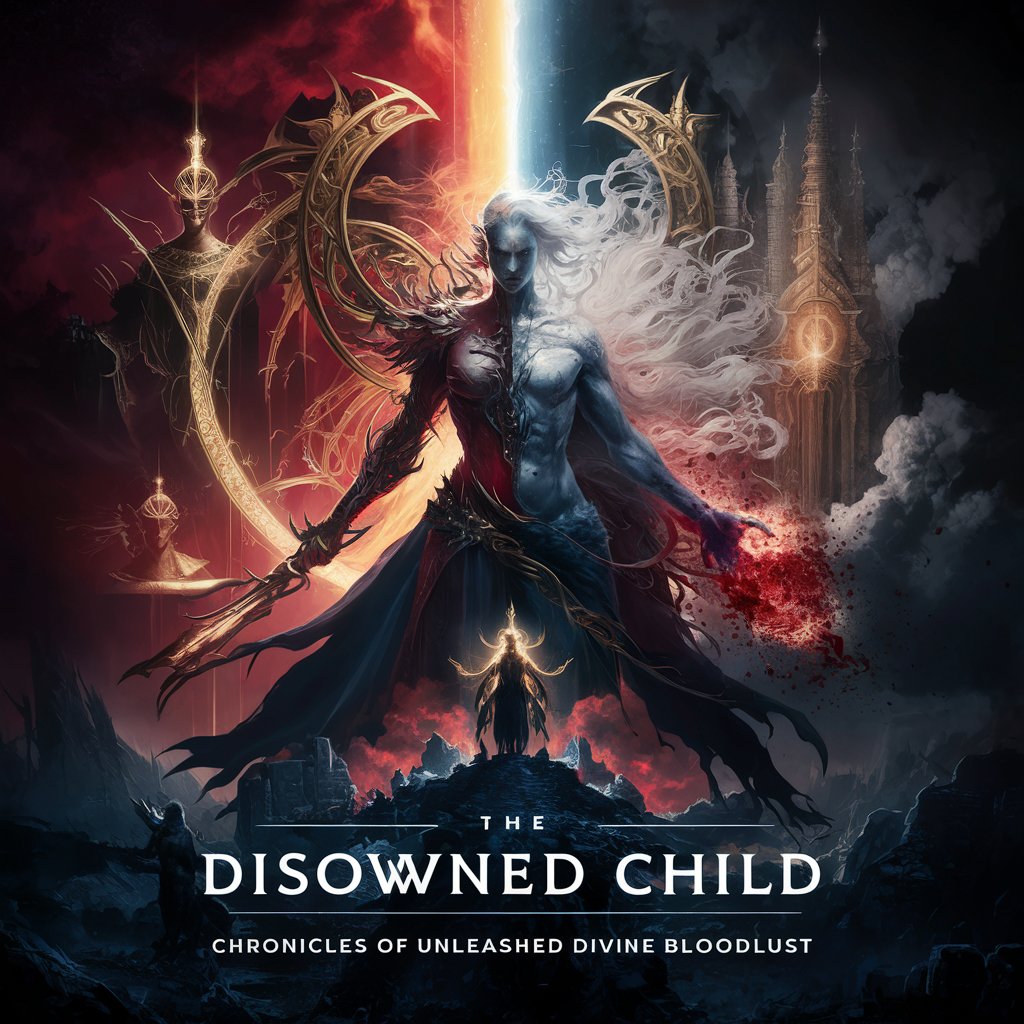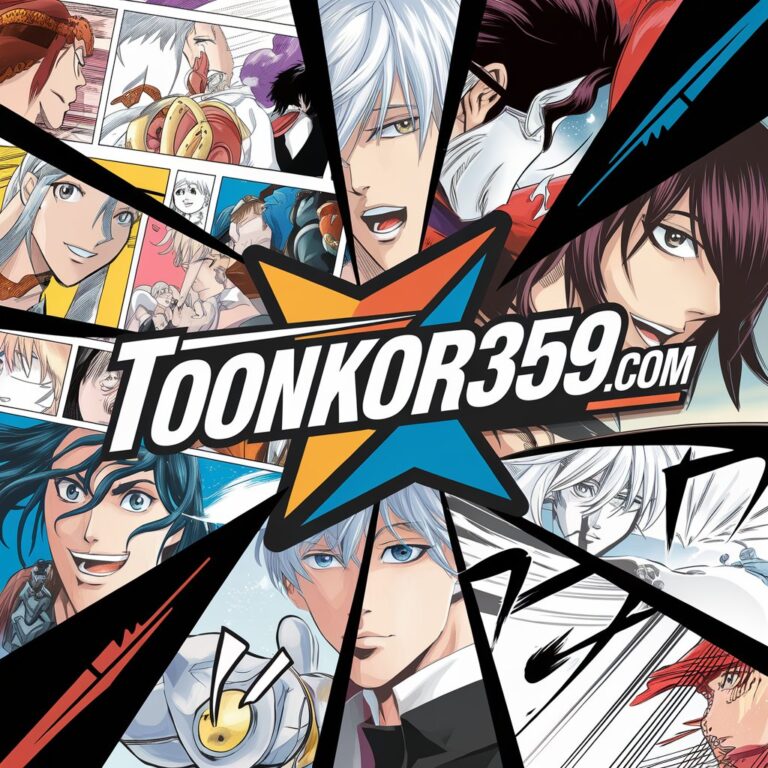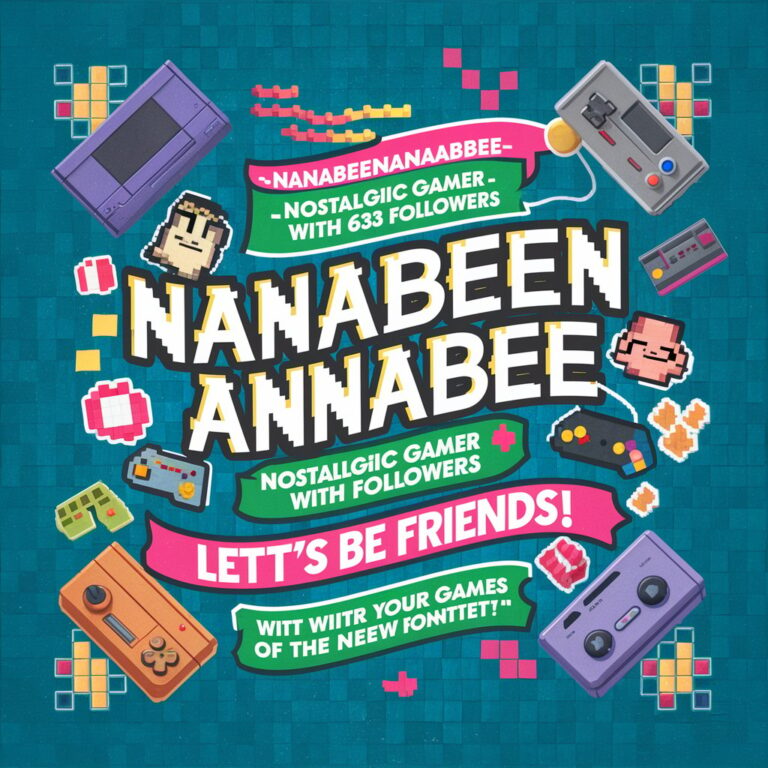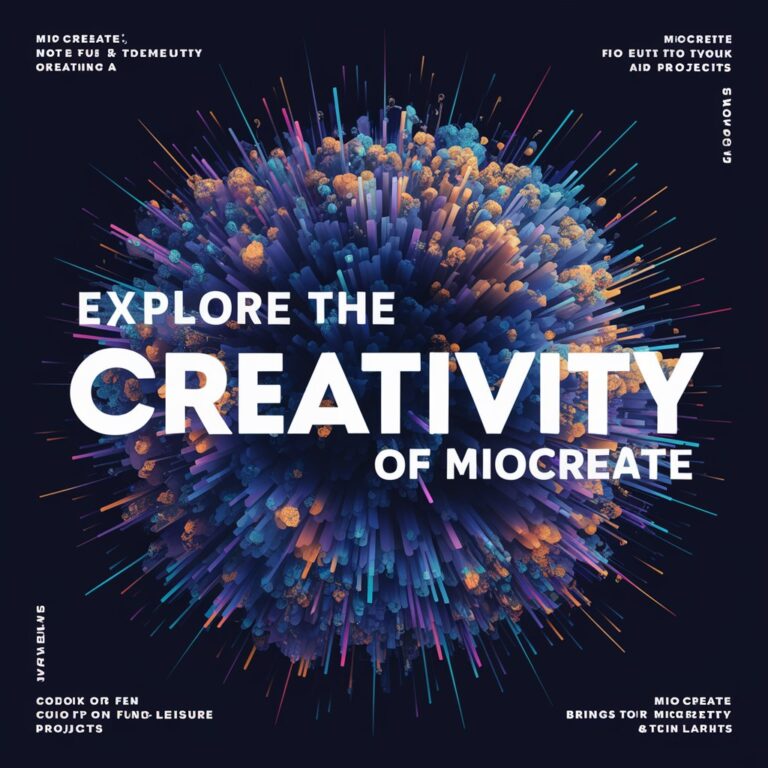The Disowned Child: Chronicles of Unleashed Divine Bloodlust – A Comprehensive Exploration
Introduction
In the vast landscape of fantasy literature, The Disowned Child: Chronicles of Unleashed Divine Bloodlust stands out as a compelling narrative that intertwines themes of divine power, betrayal, and redemption. This article delves deeply into the essence of this epic tale, examining its plot, characters, themes, and the broader implications of its story. We aim to provide a comprehensive understanding of this work, surpassing existing sources, and offering fresh insights for readers interested in this genre.
In the world of gods and mortals, the tale of The Disowned Child: Chronicles of Unleashed Divine Bloodlust unfolds, exploring the epic journey of a disowned child grappling with divine power and personal redemption.
Overview of The Disowned Child: Chronicles of Unleashed Divine Bloodlust
The Disowned Child: Chronicles of Unleashed Divine Bloodlust is a gripping fantasy novel that explores the life of an extraordinary protagonist who finds themselves at the crossroads of divine wrath and personal redemption. Set in a world where gods and mortals interact, the story unveils the journey of a disowned child whose latent divine powers ignite a series of dramatic events.
Setting and World-Building
The novel is set in a richly crafted universe where celestial beings and humans coexist. The world-building is intricate, featuring lush landscapes, majestic palaces, and shadowy realms. The blend of divine and mortal worlds creates a vibrant backdrop that enhances the narrative’s depth and complexity.
Plot Summary
The plot revolves around the central character, a child abandoned by their divine parents, who must navigate a world fraught with danger and intrigue. As the story unfolds, the protagonist discovers their divine heritage and the formidable powers that come with it. However, this revelation sets off a chain of events that leads to a confrontation with both mortal and divine adversaries.
The narrative is divided into several key arcs:
- The Disownment: The protagonist’s initial rejection and the emotional impact of being cast out.
- The Awakening: The discovery of divine powers and the struggle to control them.
- The Conflict: The battles against those who seek to exploit or eliminate the protagonist.
- The Redemption: The journey towards self-acceptance and reconciliation with their divine origins.
Characters
- The Protagonist: Central to the story is the disowned child, whose journey from ignorance to enlightenment forms the core of the narrative. Their internal struggle and growth are portrayed with depth and empathy.
- The Divine Parents: Representing the higher powers, they play a crucial role in the protagonist’s past and the unfolding conflict.
- Adversaries and Allies: Various characters, including rival gods and loyal companions, enrich the storyline and add layers of complexity to the protagonist’s journey.
Themes and Analysis
The Disowned Child: Chronicles of Unleashed Divine Bloodlust explores several profound themes:
Divine vs. Mortal
The dichotomy between divine and mortal realms is a recurring theme. The novel examines how divine attributes and human experiences intersect, leading to both conflict and growth.
Betrayal and Redemption
Betrayal, particularly from those closest to the protagonist, drives the narrative. The quest for redemption is a central theme, highlighting the protagonist’s struggle to reconcile their divine nature with their personal desires.
Power and Responsibility
The protagonist’s journey reflects the classic theme of power and responsibility. As they harness their divine abilities, they must grapple with the ethical implications and responsibilities that come with such power.
Broader Implications
The Disowned Child: Chronicles of Unleashed Divine Bloodlust does more than entertain; it offers commentary on human nature and divine intervention. The interplay of personal struggle and cosmic forces invites readers to reflect on their own experiences with power, betrayal, and redemption.
Cultural Impact
The novel has influenced fantasy literature by presenting a unique blend of divine mythology and personal drama. It has inspired discussions on the nature of divinity and the human condition, making it a significant contribution to the genre.
Reader Reception
Readers have praised the novel for its intricate world-building, complex characters, and engaging plot. The emotional depth and philosophical insights have resonated with audiences, making it a popular choice among fantasy enthusiasts.
FAQs
1. What is The Disowned Child: Chronicles of Unleashed Divine Bloodlust about?
The novel follows the journey of a disowned child who discovers their divine heritage and must navigate a world of gods and mortals while seeking redemption and understanding their true power.
2. Who is the main character in the story?
The main character is the disowned child, who is central to the narrative. Their journey of self-discovery and struggle with divine powers drives the plot.
3. What are the key themes explored in the novel?
The novel explores themes of divine versus mortal realms, betrayal and redemption, and the responsibilities that come with power.
4. How has the novel impacted the fantasy genre?
The novel has made a significant impact by blending divine mythology with personal drama, influencing discussions on divinity and the human experience in fantasy literature.
5. Where can I read The Disowned Child: Chronicles of Unleashed Divine Bloodlust?
The novel is available through major book retailers and online platforms. Check local bookstores or digital reading services for availability.
Conclusion
The Disowned Child: Chronicles of Unleashed Divine Bloodlust is a remarkable addition to the fantasy genre, offering a rich tapestry of divine intrigue and personal growth. By exploring themes of power, betrayal, and redemption, the novel provides both an engaging story and deep reflections on the nature of divinity and humanity. With its intricate world-building and compelling characters, it stands out as a significant work in contemporary fantasy literature.






